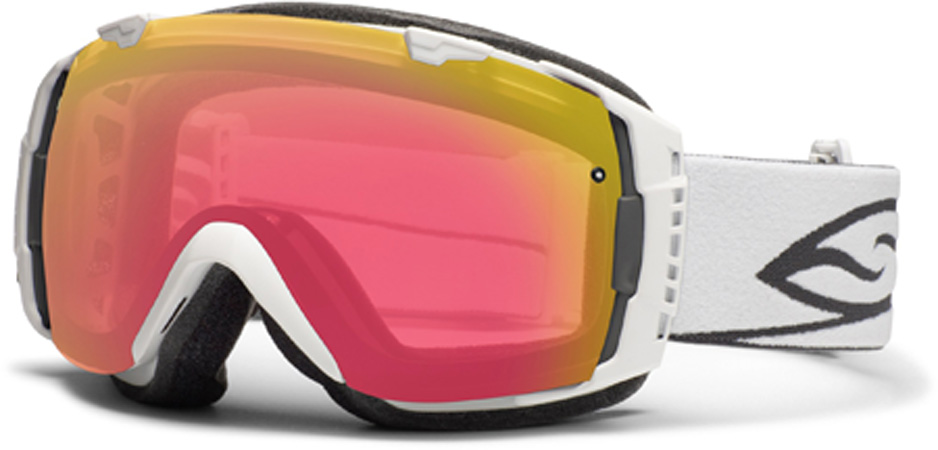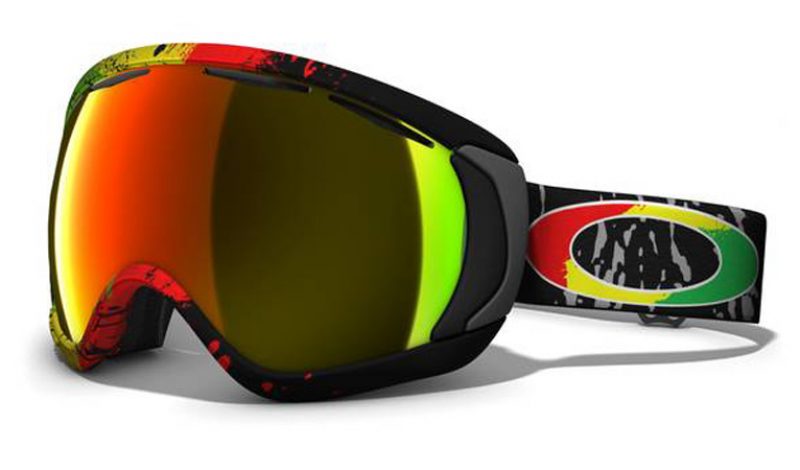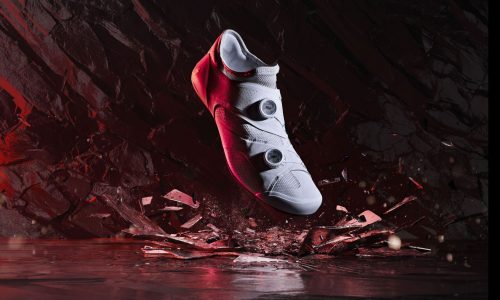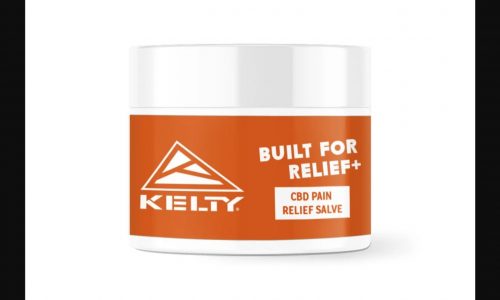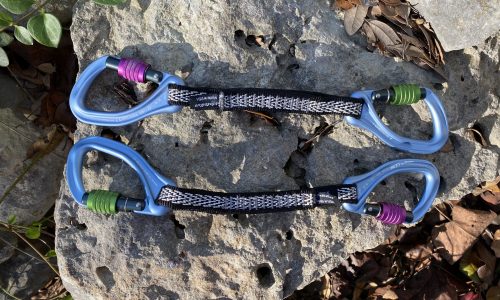Buying the right goggles can be trickier than you’d expect. It’s easy to find a pair that looks bitchin’, but if you base your choice solely on style (which, unfortunately, many consumers do), you may be crippling their performance. And when you’re shelling out more than $100 per pair, that’s not the smartest way to protect your precious eyes.
To curtail future unwise purchases, we called two of the most esteemed experts in the industry, Ben Flandro of Smith and Andy McSorley of Oakley, to help guide consumers toward more informed goggle choices. Then we translated all their goggle-tech-speak into simple advice.


DO:
Find the right fit.
“On the most basic level, a really good fit and seal is crucial,” says Flandro, the snow and moto goggles category manager at Smith. “You want a seal around your face that doesn’t pinch your nose, doesn’t impede your vision or get too close to the sides of your eyes.” This also holds true for helmet integration. “The seal can totally get compromised the second you put it on with a helmet that doesn’t work with it, by pulling the goggle off your face,” Flandro says. “Or it’ll clog up the ventilation that’s intended to exhaust hot air out of the top of the goggle. So you should try on the helmet with the goggle to ensure there’s a good seal.”
Prioritize comfort over style.
“Comfort is probably the most forgotten element in a goggle,” says McSorley, Oakley’s global category manager for goggles. “You’re in a harsh environment, generally speaking, so you really need to be comfortable. Make sure the frame, the foam and the way the straps attach and anchor to the frame are as comfortable as possible.”
Evaluate the outer lens and the inner lens.
In essence, the outer lens is for tint and the inner lens is for thermal control. Picking the right tint (reflective lenses work better for sunny days, clearer lenses help maintain contrast and depth perception in low light) is easier than picking the right thermal property on your inner lens. Ask a shop employee for advice, and don’t be afraid to peer inside the goggle yourself. Some manufacturers seal their lens-foam interface with silicon (good), while others rely on weaker glue (bad). “If you can see any type of white stripes on that seal inside the lens, that often indicates a higher propensity for delamination,” Flandro says. He adds, “If it fogs, it doesn’t matter which tint it is. It’s going to fail.” In general, the more room a goggle has inside, the better its ventilation and less likely it is to fog.
DON’T:
Get blinded by gadgets or believe everything you read.
“It’s pretty easy to get spun out in the marketing speak and the bells and whistles that companies like to tout as benefits,” McSorley says. “You can have a goggle that might have a little fan on it or some sort of gadget, but at the end of the day, it’s really all about seeing well and shielding yourself in a comfortable manner.” Likewise, he adds, “There are some very bold claims made for anti-fog. If a company is claiming that their anti-fog coating is exponentially better than the competition, that’s probably unlikely. It’s at least worth some additional investigation to see how they might back up their claims with science.”
Hesitate to try different lens shapes.
Most companies offer a variety of lens shapes — flat (the popular old-school choice), spherical, molded cylindrical — and each refracts light differently. Without getting too caught up in the X and Y axes’ tapering, simply try a few on and see which one works best for your eyes.
Be afraid to ask questions.
If the shop employee doesn’t know the answers, do five minutes of research on the manufacturer’s website. Most of the reputable brands have a section on what testing they’ve done to back up their claims.
